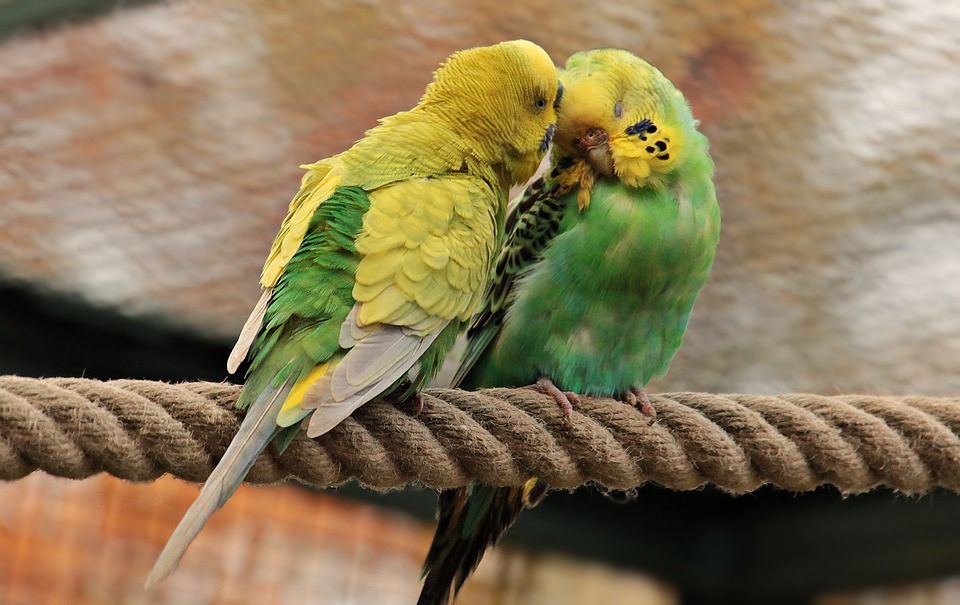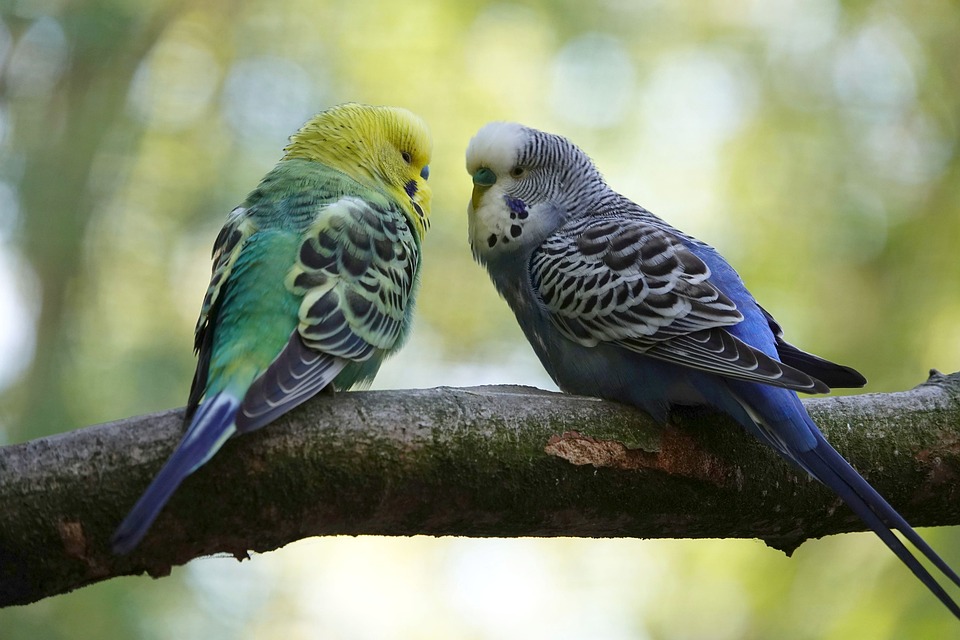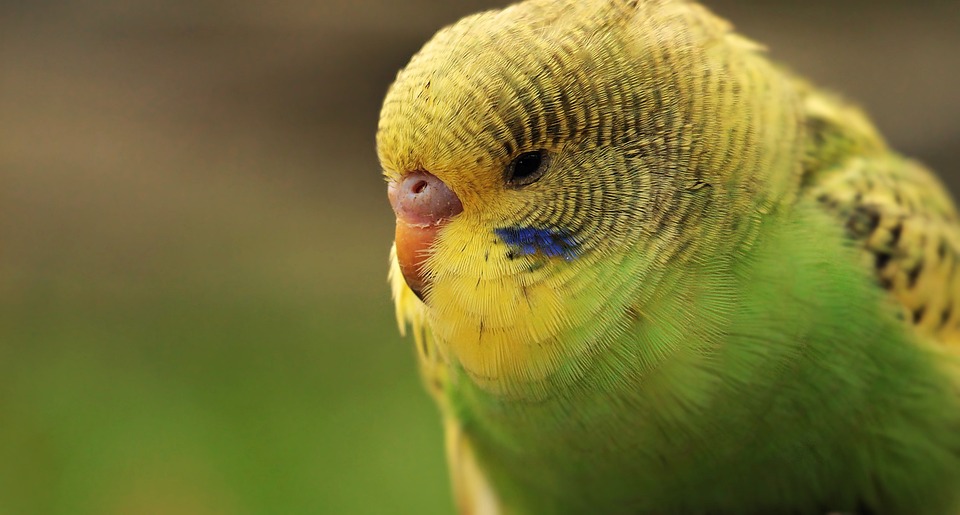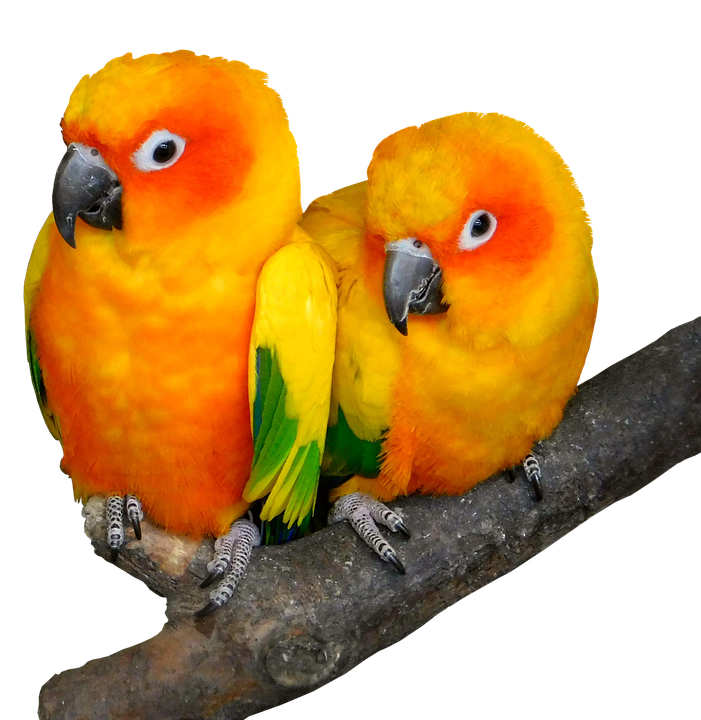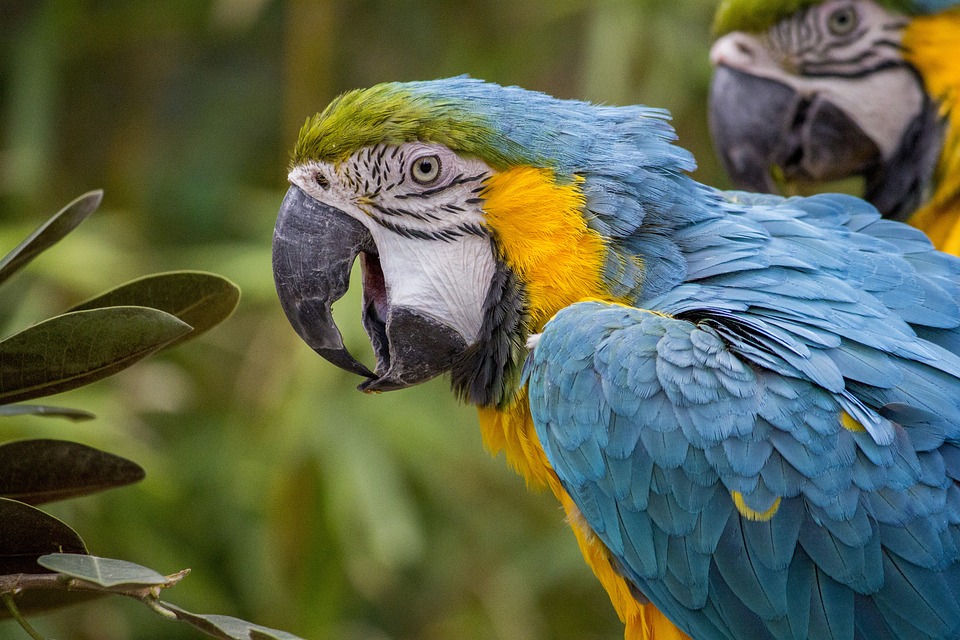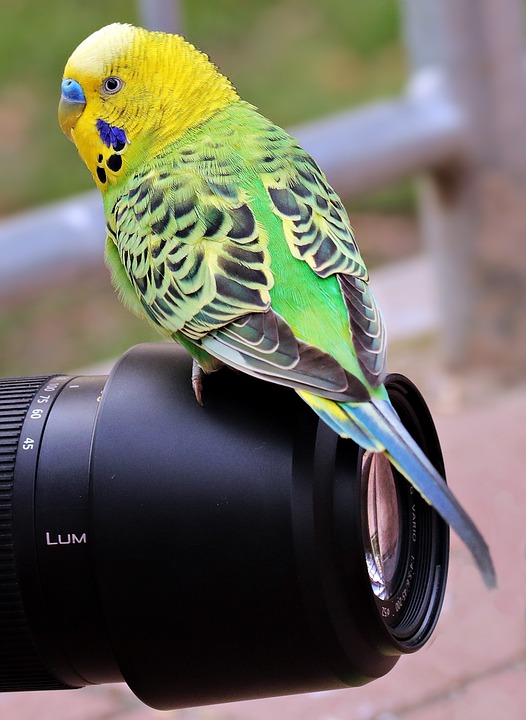Parrots are fascinating creatures with a range of behaviors that go beyond their ability to mimic human speech. One aspect of parrot behavior that is particularly intriguing is their nesting habits. Understanding parrot nesting behavior can provide valuable insights into their natural instincts and help create a suitable environment for their well-being. In this article, we will explore the significance of nest building and preparation in parrots, shedding light on their natural instincts and offering insights into maintaining a healthy environment for these avian companions.
Nest building is a natural instinct for parrots, serving a vital purpose in their reproductive process. Nests provide a secure environment for incubating eggs and raising offspring. Parrots are known to be cavity nesters or platform builders. Cavity nesters, such as African Grey parrots, prefer to build their nests in hollow tree trunks or crevices. On the other hand, platform builders, like Amazon parrots, construct nests on branches or cliffs.
The process of nest building involves several steps. Parrots gather and select different materials for their nests, including twigs, leaves, and branches. They carefully implement these materials, using their beaks and feet to create a sturdy structure. Both male and female parrots play a role in nest preparation, with the male often assisting the female in gathering materials and constructing the nest. The nest is then inspected for safety and comfort before it is ready for use.
Nesting behavior in parrots serves a variety of purposes. It plays a crucial role in pair bonding and courtship rituals, allowing parrots to establish and strengthen their relationships. Nesting behavior also serves as a form of communication among parrots. By observing their nesting habits, parrots can convey their reproductive readiness and attract potential mates. Additionally, nesting behavior is directly linked to reproduction and breeding, as it provides a suitable environment for incubating eggs and raising offspring.
Now, let’s address some frequently asked questions about parrot nesting behavior:
1. Why do parrots build nests?
Parrots build nests as part of their natural instincts for breeding and reproduction. Nests provide a secure environment for incubating eggs and raising offspring.
2. How can I encourage my pet parrot to build a nest?
To encourage nest building, provide your parrot with suitable materials such as twigs, branches, and leaves. Additionally, ensure they have a quiet and stress-free environment.
3. Can parrots build nests without a mate?
Yes, parrots can exhibit nesting behavior even without a mate. This behavior is often seen in single birds or those that have not yet found a suitable partner.
4. Is it necessary to remove the eggs from a parrot’s nest?
If you do not intend to breed your parrots, it is recommended to remove the eggs from their nest. This prevents unnecessary stress and potential health complications.
5. Are there any risks associated with parrot nesting behavior?
Yes, there are risks involved in parrot nesting behavior. These may include egg binding, egg-related infections, and aggressive behavior towards humans. It is important to monitor nesting behavior closely and seek professional advice if necessary.
In conclusion, understanding parrot behavior, particularly their nesting habits, provides valuable insights into their natural instincts and helps create a suitable environment for their well-being. By recognizing the significance of nest building and preparation, parrot owners can ensure their avian companions have a safe and comfortable space to thrive. Remember, observing and respecting parrot behavior is crucial for maintaining a harmonious relationship with these intelligent and beautiful creatures.


